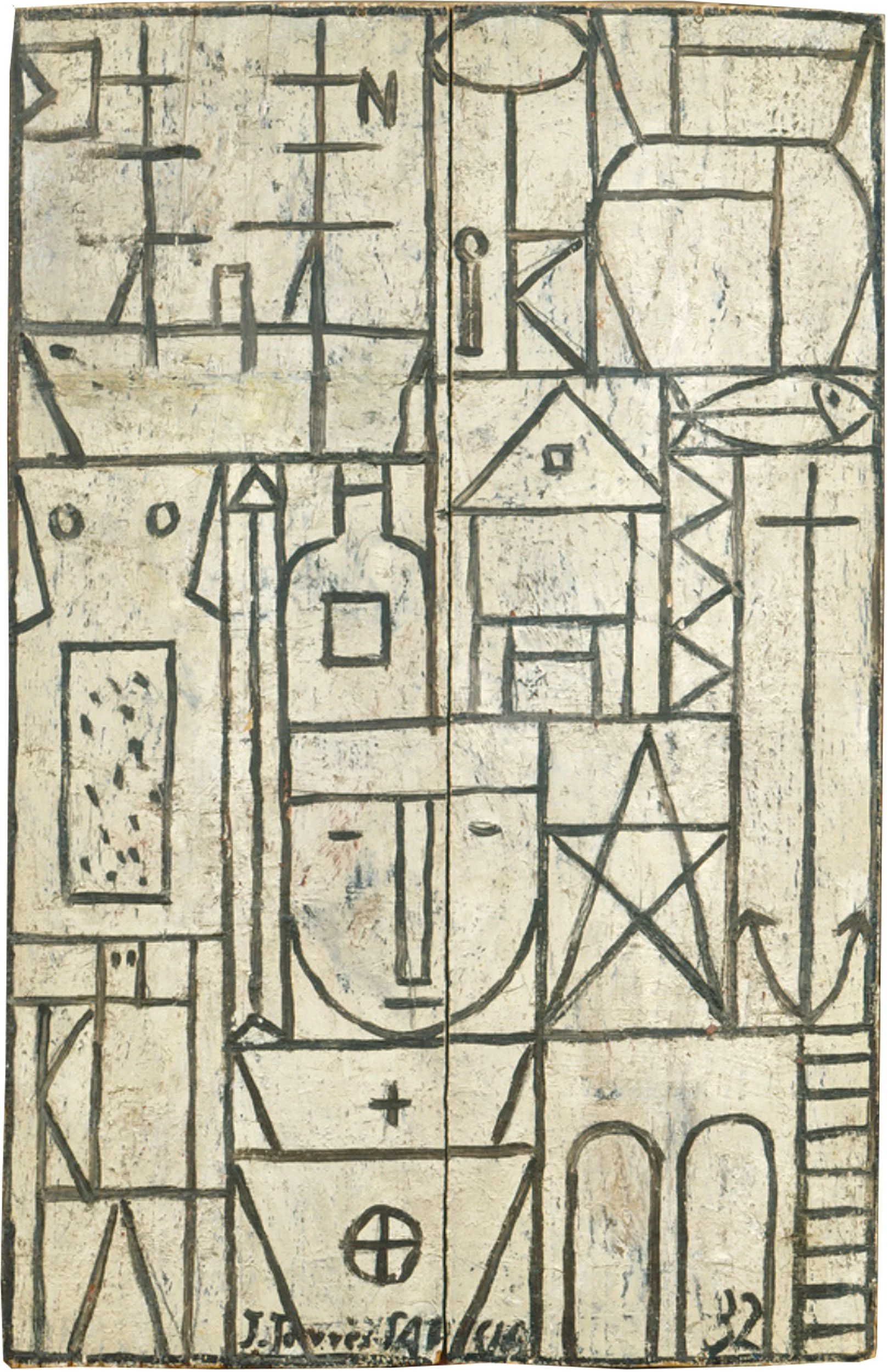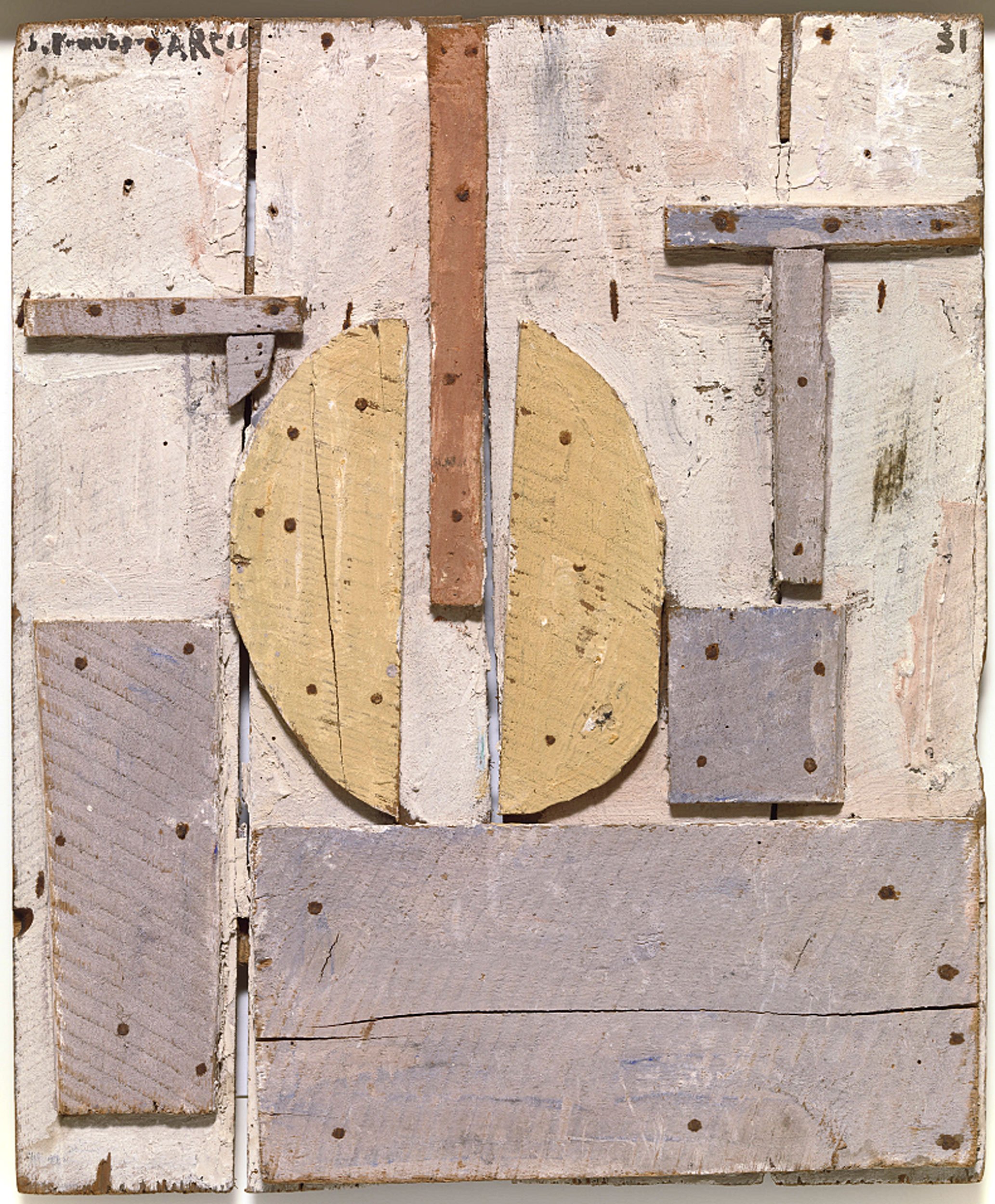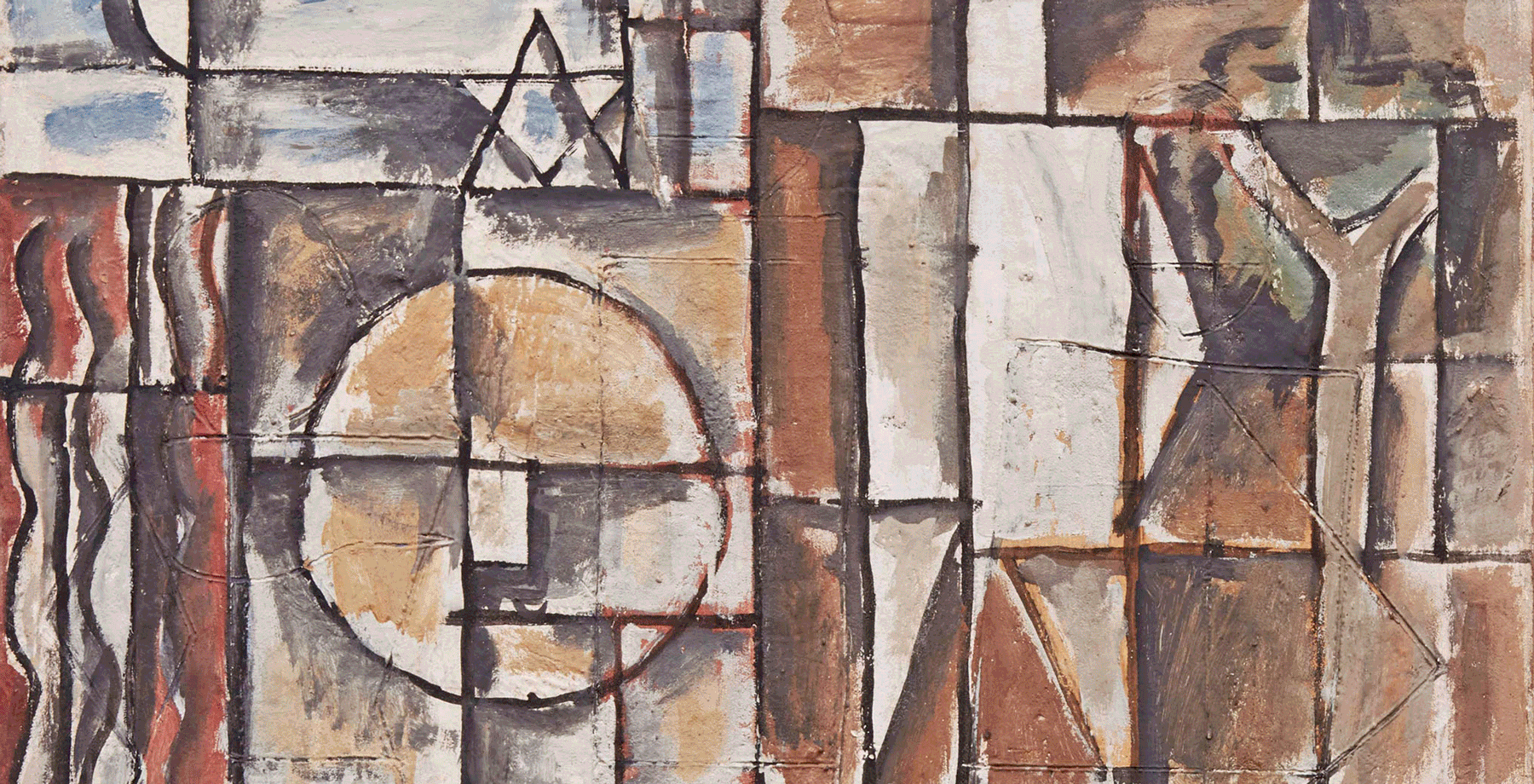
Joaquín Torres-Garcia 1874-1949
Painter, sculptor, writer, critic, and educator, nurtured modern art across Europe, North America, and South America. Within what is known as Western culture, Torres-García represents a unique synthesis of its three paradigmatic continents.
Joaquín Torres-García’s paintings of universal symbols emphasize both contrast and synthesis—uniting ‘classical’ and ‘modern’ beauty by merging timeless order with a bold, contemporary visual language.
As an artist, he pushed the boundaries of abstraction while also bringing innovation to landscape, cityscape, and portraiture.
Born in Uruguay in 1874, Torres-García left for Spain, his father’s homeland, in 1891. He studied in Barcelona, venturing beyond the confines of academia. As a young artist, he achieved early success painting murals for the Catalan government and collaborating with Antoni Gaudí.
A theorist, teacher, and artist, he reintroduced classical principles revitalized for the modern era. His lessons shaped and inspired generations of artists across Europe and the Americas. Joan Miró once reflected: “Do you see the forms and shapes of the master? They are still with me today.”
In New York, Torres-García formed friendships with Joseph Stella, Walter Pach, and Gertrude Vanderbilt Whitney, founder of the Whitney Museum, and Katherine Dreier of the Société Anonyme.
While living in Paris in the 1920s, he co-founded the abstract art group Cercle et Carré with Piet Mondrian and Theo van Doesburg, fellow artists Kandinsky, Léger, and Le Corbusier. In 1933, in Madrid, he founded the Constructive Art Association.
Returning to Montevideo, Torres-García established the School of the South, which became instrumental in bringing European modernism to South America.
painting highlights
Synthesis of New York, 1920, Fundación Malba, Buenos Aires.
New York City: Bird's Eye View, 1920, Yale University Art Gallery, Connecticut.
Woman with fruit, 1926, Museo Torres-Garcia, Montevideo.
Café Riche- Paris, 1928, Dallas Museum of Art, Texas.
Structure with Street, 1929, Stedelijk Museum Amsterdam.
Untitled Composition, 1929, National Gallery of Art, Washington D.C
Head, 1930, Philadelphia Museum of Art, Pennsylvania.
Constructive Painting, 1931, The Met Fifth Avenue, New York.
Universal Symmetrical Composition in Black and White, 1931, Fundación Malba, Buenos Aires.
Black and White Constructive, 1932, Musée d'arts de Nantes, France.
Abstract Form with Triangles, 1936, Stedelijk Museum Amsterdam.
Universal Composition, 1938, The Centre Pompidou, Paris.
Construction in White and Black, 1938, MoMa The Museum of Modern Art, New York.
Composition, 1938, Solomon R. Guggenheim Museum, New York.
Interlaced Forms on a Red Background, 1938, Newark Museum of Art, New Jersey.
Construction with White Line, 1938, Los Angeles County Museum of Art.
Portrait, 1939, Colby Museum of Art, Waterville, Maine.
Constructive Work with Color Planes and Graphic Elements, 1943, Art Museum of the Americas, Washington, D.C..
selections from critical essays
“Torres-García created a quotidian classicism. His search for an exactly shaped naïveté paralleled the work of Gertrude Stein, Satie, and Miró. The use of previously non-art craft techniques for high-art ends--collage, welded metal, or, in Torres-García’s case, carpentry--puts us on notice that art is literally beginning again. The drama is in the exquisiteness of the sensibility that attends to this rough-hewn stuff--as fine, if not finer, than that of a master jeweler concocting Fabergé eggs. What keeps Torres-García’s work from preciosity, from a facile charm, is the pressure that he imposes on blunt fact.”
Jed Perl
“The figurative forms that appear in Torres-García's Constructivist pictures … he himself uses the term “sign” to refer to them. But there is another more convincing argument: in contrast to the schematic forms that in a Cubist painting refer to a palette or an absinthe glass, the schematic forms of Torres-García do not represent things, but rather the “ideas of things,” to use the expression chosen by the author himself. That is why what we see in Torres-García’s paintings are always complete forms and not fragmentary, such as those found in Cubist art. For in mental representation, objects always appear complete because they are presented as types; from an empirical viewpoint, we recognize them as objects regardless of their fragmented representation.
Torres-García emphasizes this condition of an ideal type attributed to represented objects by writing them with uppercase initials. For him, the schematic drawing does not represent a ship (this or that ship), a house (this or that one), but the Ship, (thus, with a capital S), and the House (“as drawn by children”). In this sense, the painted schema is a sign. This pictorial language, built by Torres-García following these schemas, is a deliberately constructed language of signs
Tomas Llorens
exploring the sculpture
Figures of Man and Woman Resting, 1914.
Forms on White, 1924, MACBA Museu d'Art Contemporani de Barcelona.
Guitar, 1924, MoMa The Museum of Modern Art, New York.
Two-Button Character, 1927, The Centre Pompidou. Paris.
Shelf with Cup, 1928, Museum Ludwig, Cologne.
Planes of Colour with Two Superimposed Pieces of Wood, 1928, MACBA Museu d'Art Contemporani de Barcelona.
Untitled, 1929, Hirshhorn Museum and Sculpture Garden, Washington DC.
Construction in wood, 1929, Museo Nacional Centro de Arte Reina Sofía, Madrid.
Abstract Form, 1929.
Construction with Curved Forms, 1931, MoMa The Museum of Modern Art, New York.
Plastic Object-Constructive Composition, 1931 Hirshhorn Museum and Sculpture Garden, Washington DC.
Composition 1934 IVAM Institut Valencià d’Art Modern.
in the words of Joaquin Torres-Garcia
“Never stop. Never walk the same path twice. Routine is useless. Habit, worthless. Never let anyone classify you or slap a label on you. Let’s be unclassifiable — indefinable.”
“ Our lives are, in a way, an accumulation of units — not just years, but hours. I’m in approximately my 367,204th hour, and the 367,205th is approaching with a new fragment of life, unlike all those before it, never to return. We have to live with that sense of extension: hour by hour, adding life. ”
featured drawings
Cover for the novel The discovery of the self, 1917.
Untitled, 1917.
Wake me up, 1921.
New York, 1921.
Portrait, c. 1920.
Untitled, 1927.
Constructive Port, 1927.
Untitled, c. 1933-34.
Swift journeys toward the sun — hope, 1930.
Untitled, 1931.
Constructive, 1935.
Study or a variation of the painting 'Constructive Elements of Nature' 1937.
archival Images

Torres-Garcia photographed at the Sagrada Familia, Barcelona. c. 1903-4.
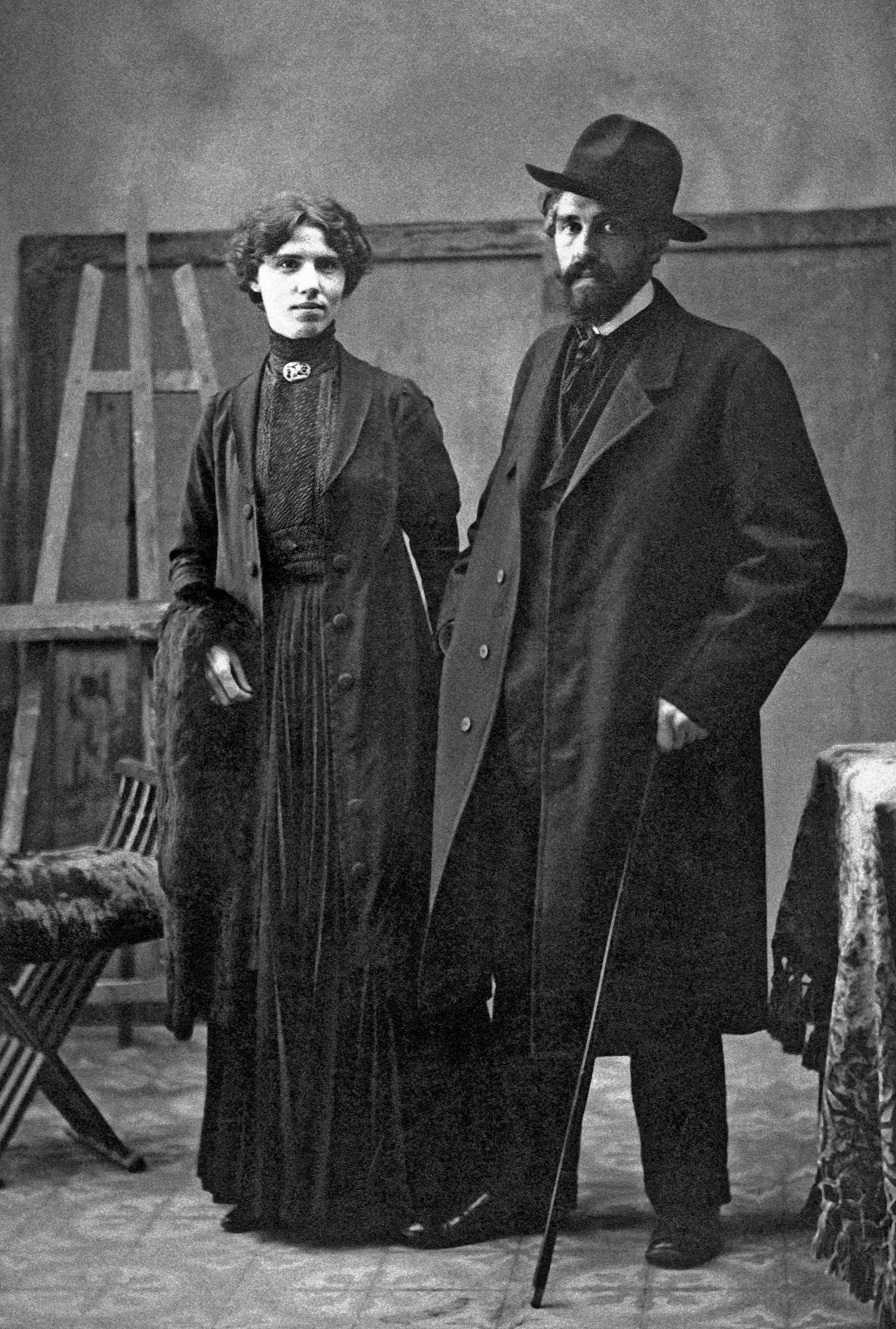
Manolita and Torres-Garcia wedding photograph, Barcelona. 1909.
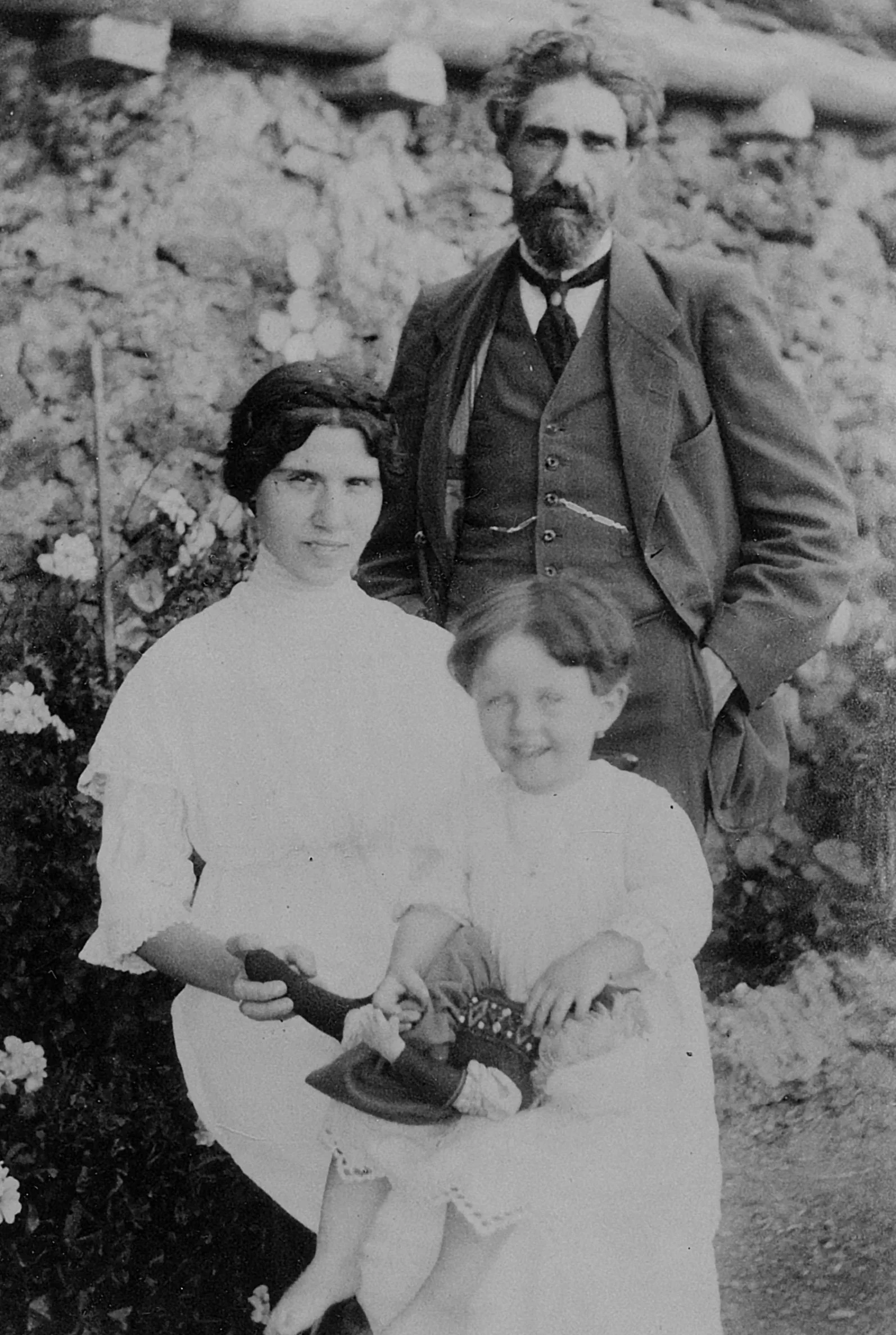
Manolita, Torres-García, and their first child at the Mont d’Or school in Terrassa, c.1913.
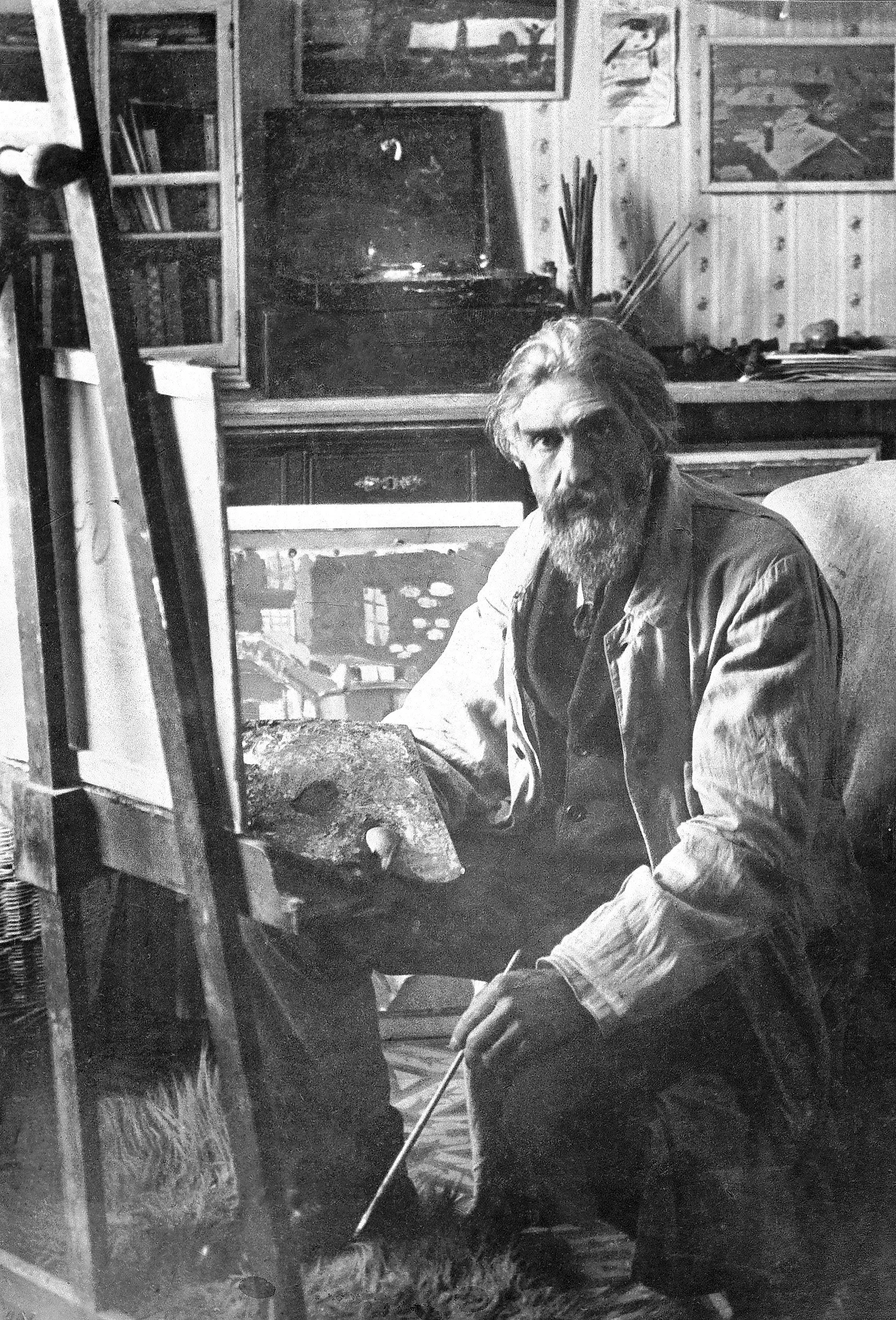
Torres-García painting in his studio, Barcelona. c. 1916.
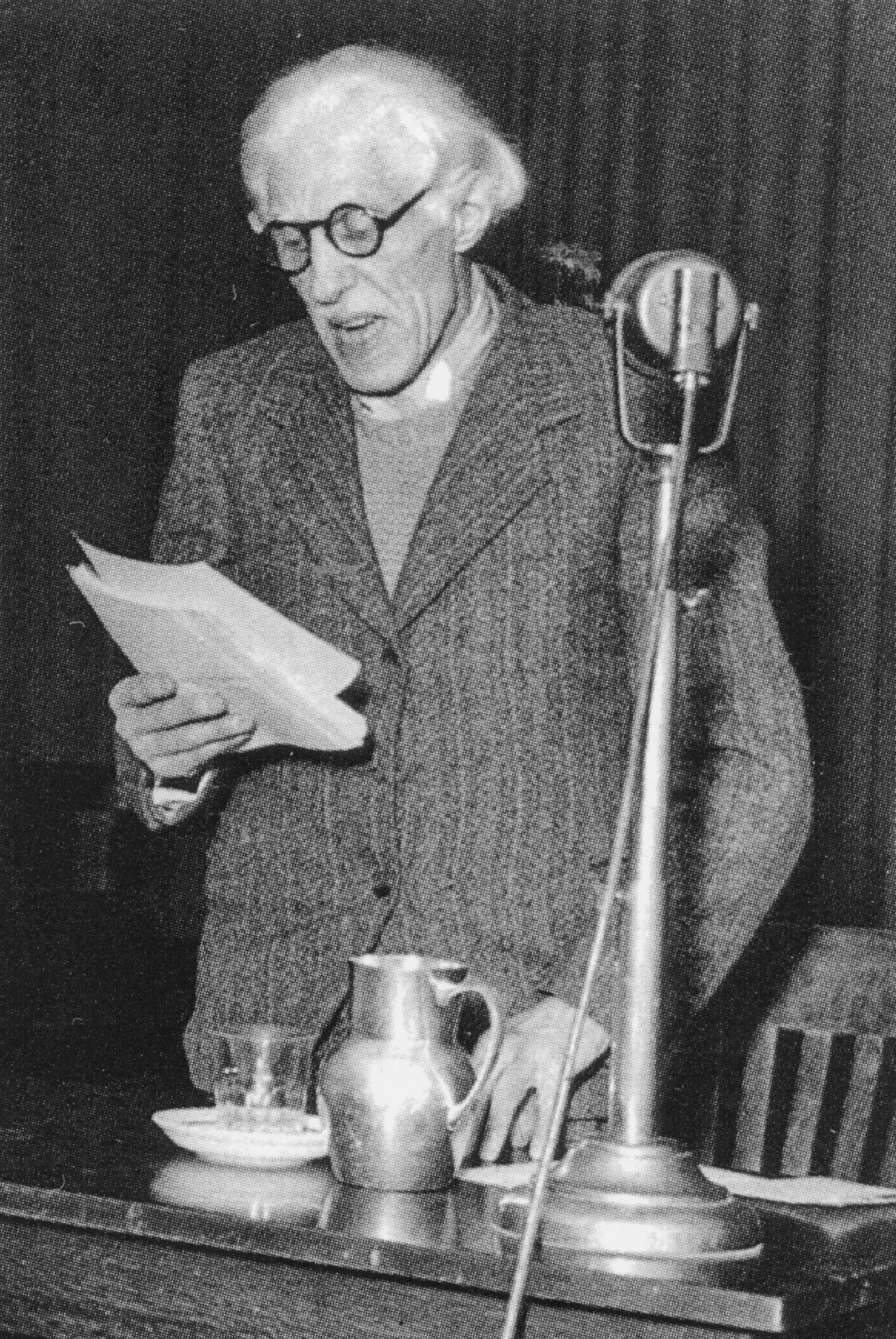
Torres-García delivering a radio lecture, c. 1934.
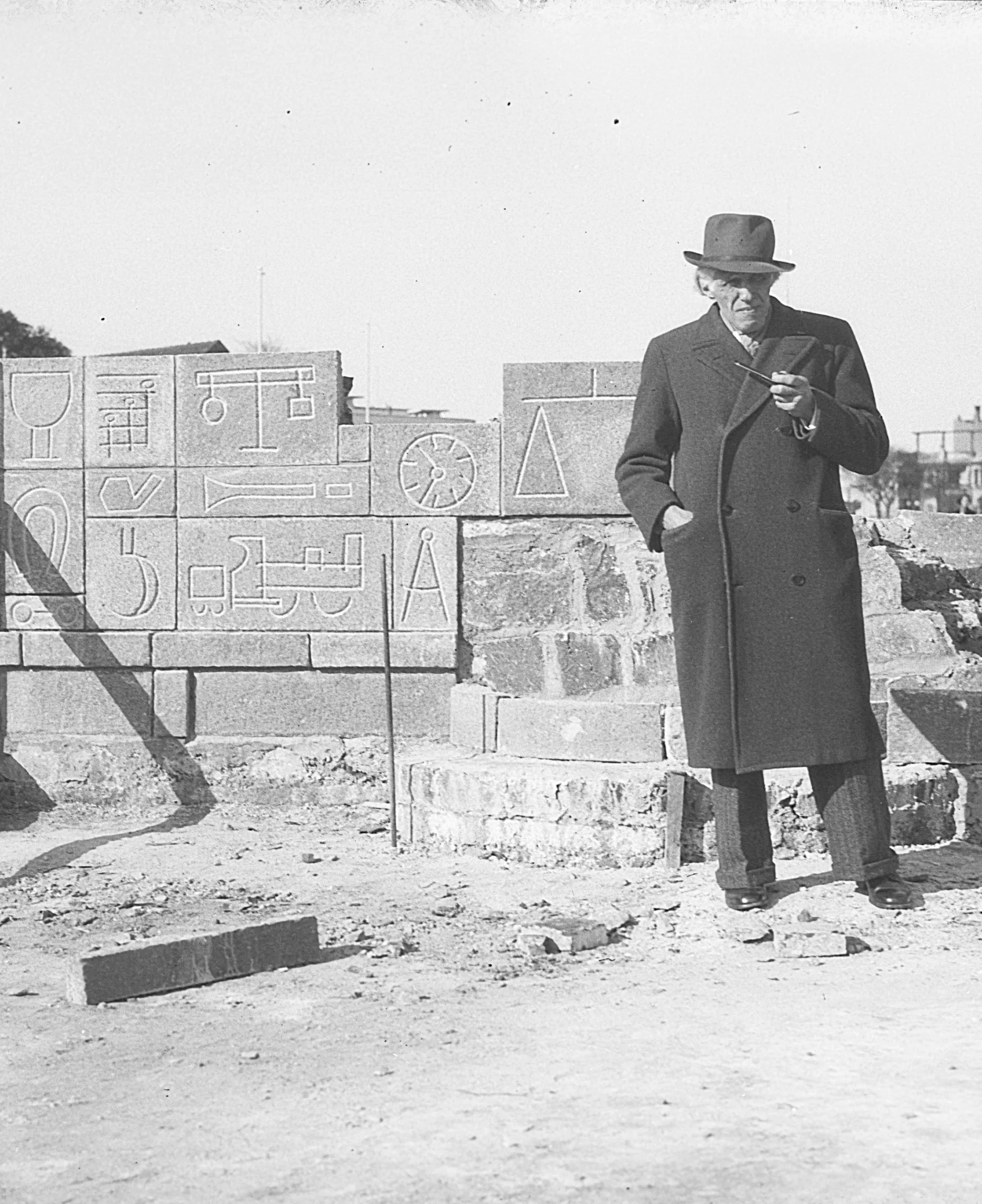
Joaquín Torres-García supervising the construction of Cosmic Monument, Montevideo, c. 1938.










